Why Natives
Beauty
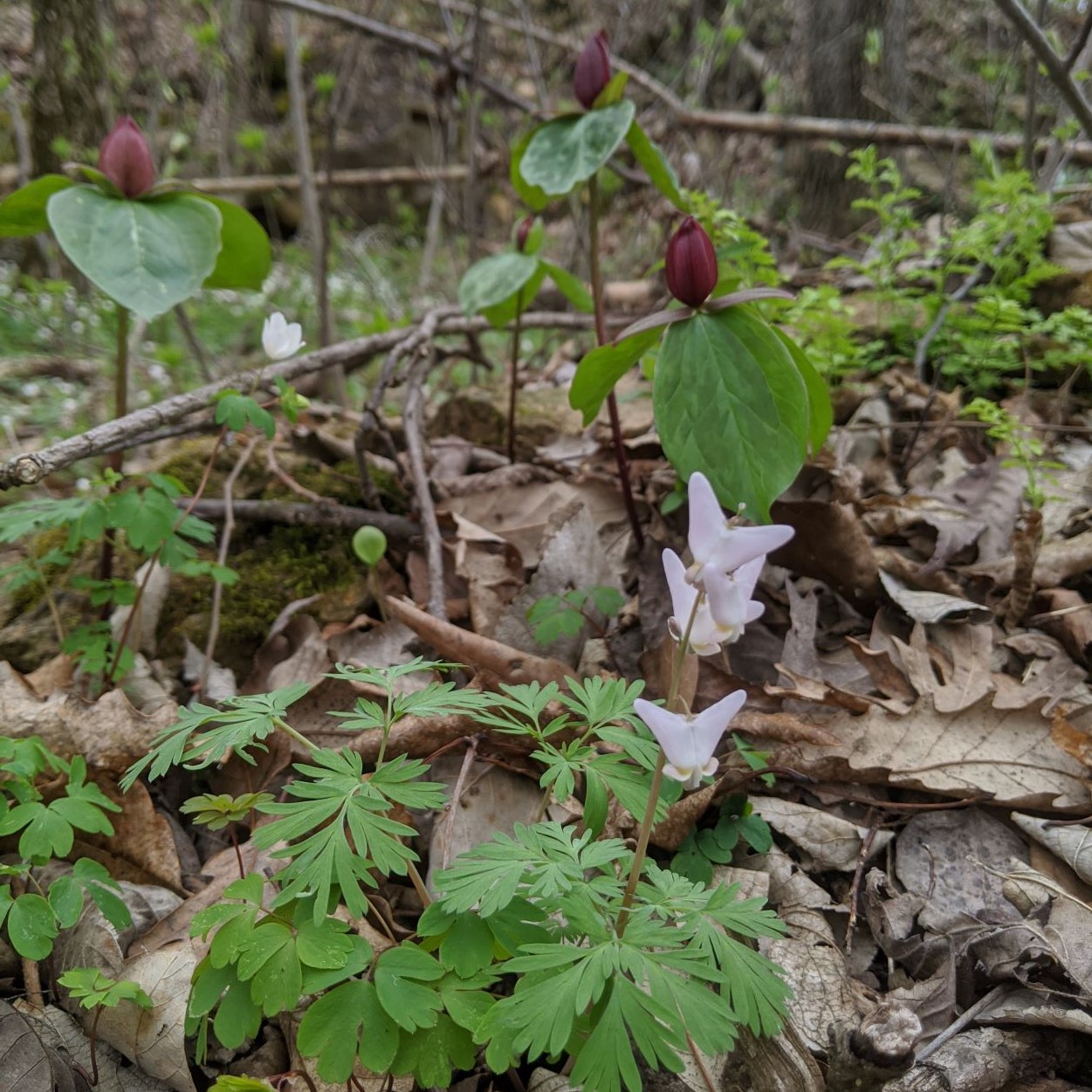
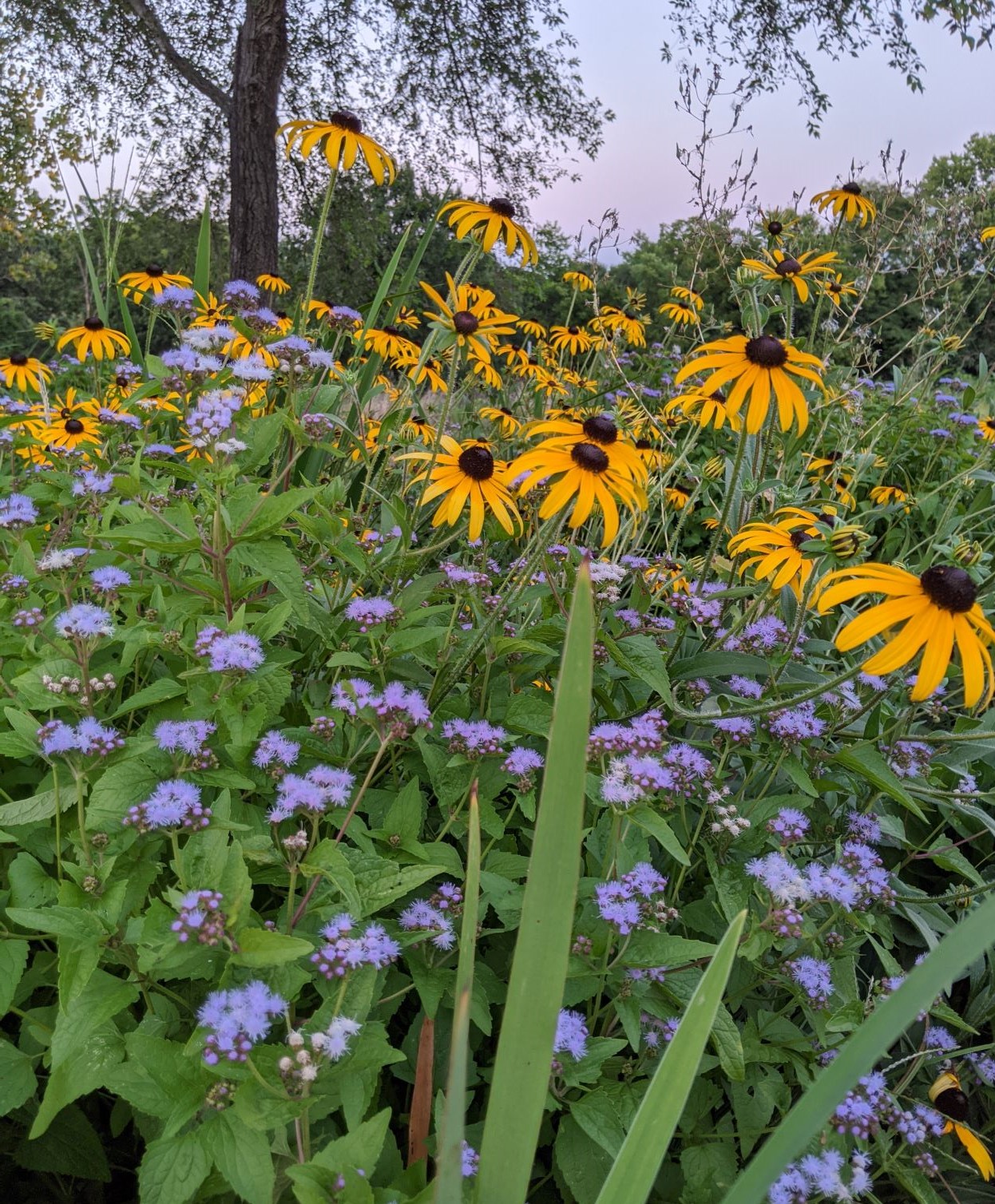
Natives Add Beauty to Landscapes Big and Small
From spring ephemerals on the forest floor that provide a carpet of color that is here and gone in a few weeks to the hardiest prairie grasses and flowers swaying in the summer breeze dotting the landscape with splashes of yellow, purple, and white to the majestic oak standing tall for centuries and everything in between, natives provide a beauty that defines a place and makes it unique. We are blessed by the beauty of the plants that call Missouri and Kansas home.
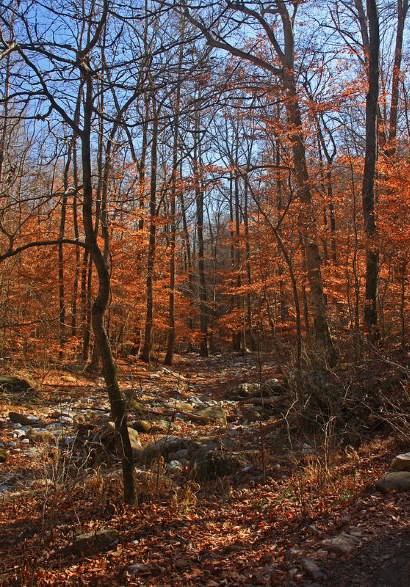
Function
The purpose of natives is more than meets the eye. Unlike many non-native species or cultivated natives (cultivars), true natives provide a host of other benefits. When you plant natives you are doing more than just providing beauty, you're helping to restore an ecosystem.

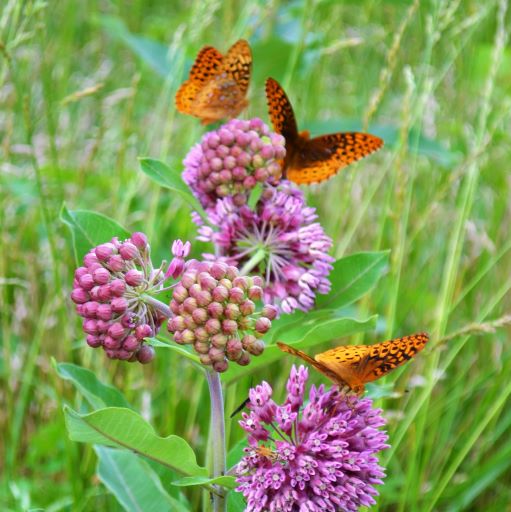
Wildlife
Native plants provide valuable habitat and food for native wildlife that have evolved together over millions of years to coexist. From the monarch caterpillar munching away on milkweed and over 400 species hosted by oak trees to the goldfinches feeding on coneflower seeds and the bats roosting in hickory trees, natives are a buffet of healthy food and habitat for wildlife. Leaves with holes in them is a good sign that they are functioning properly.
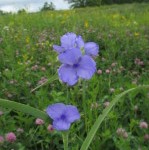
Built for our climate
You still need to plant the right plant in the right place, but native plants are adapted to our local soil conditions. Whether you have a dry, shady yard like an upland oak-hickory forest or a rain garden similar to a bottomland prairie with seasonal flooding and dry spells, there are beautiful native plants to suit your conditions. They are also adapted to those late frosts that leave many gardeners rushing to cover their sensitive plants.
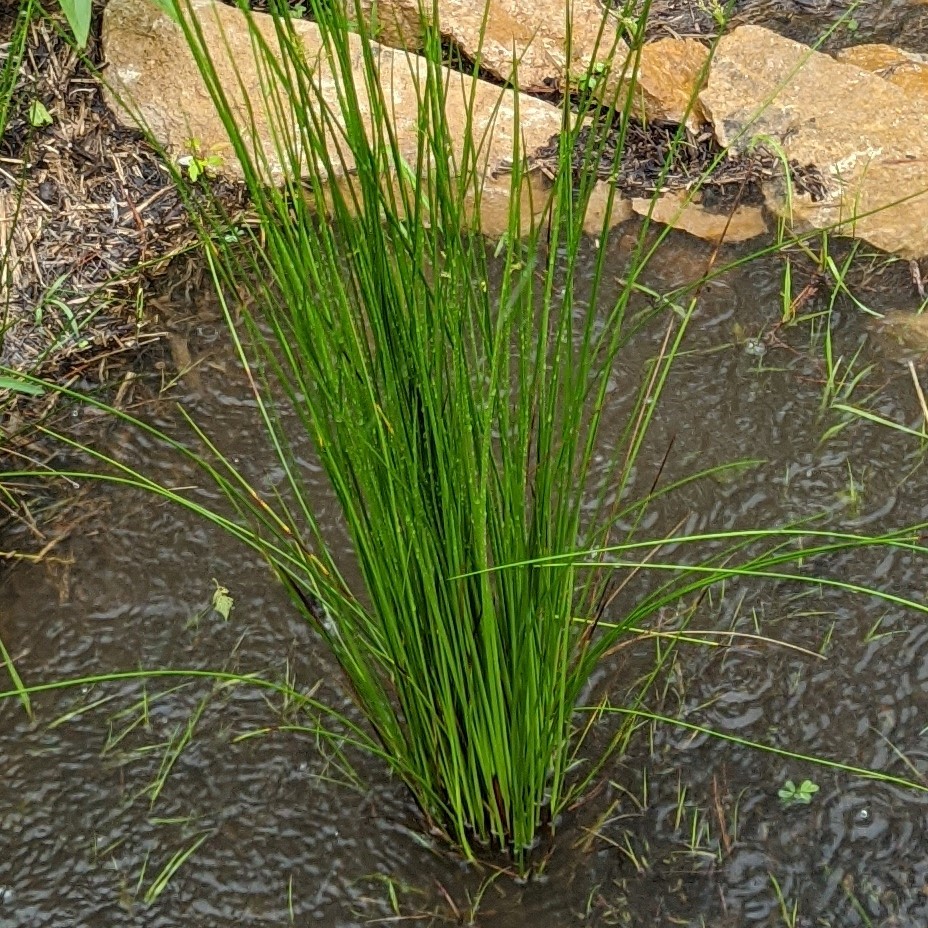
Water Retention
Many native plants have an extensive network of roots; most within the top 24 inches but some extending as deep as 15 feet. These roots create a biomass of organic matter and living organisms under the ground that work like a sponge to provide a pathway for water to slowly percolate down into the soil, slowing erosion, reducing flooding, and aiding in filtering the water as it replenishes aquifers.
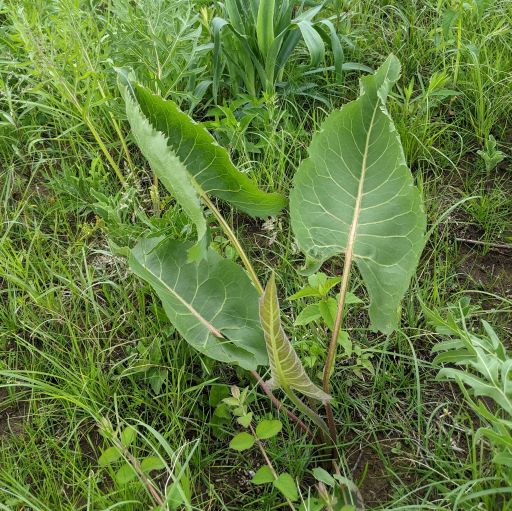
Carbon Sequestration
The underground biomass created by the extensive root systems of native plants stores tons of carbon, removing it from our atmosphere, helping to mitigate climate change. The roots of typical turf grass have very little ability to capture carbon and rebuild soil health. Click here to learn more.
Choosing Your Natives
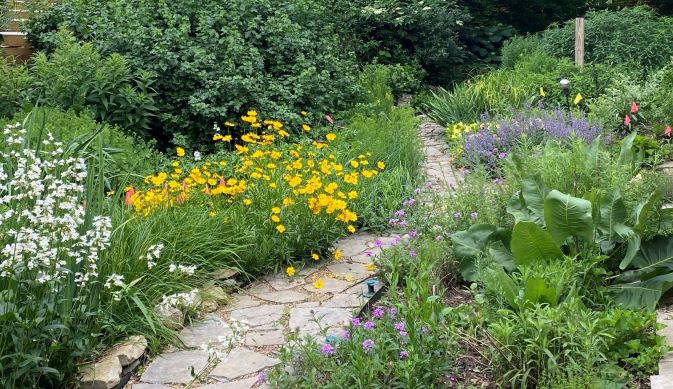
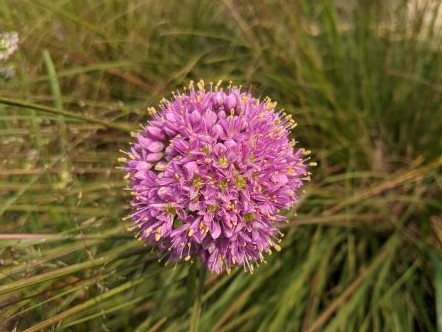
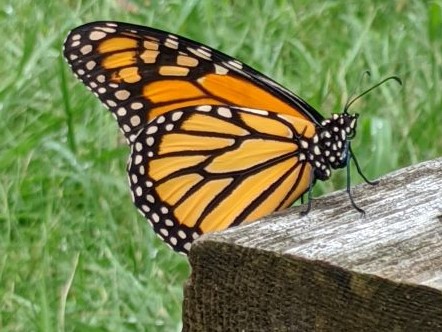
When buying natives, make sure you ask your grower:
Are these cultivars or straight species?
Our plants are straight species. Cultivated varieties are bred or selected for certain traits that may not be as well suited for our climate or the wildlife you want to support. Extensive use of cultivated species also reduces plant diversity and disrupts the evolutionary process.
Where was the seed sourced?
Our seeds are sourced in Kansas and Missouri to bring you plants better adapted to our local ecosystem. We strive to use seeds originally sourced as close to Kansas City as possible, and we always collect seed with permission and only in sustainable quantities or from reliable sources that harvest sustainably.
Do you use pesticides?
We do not use pesticides on our plants. Some pesticides, like neonicotinoids, can kill the wildlife we want to attract to our gardens.